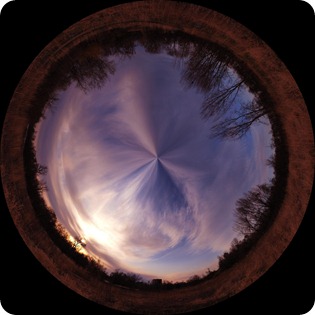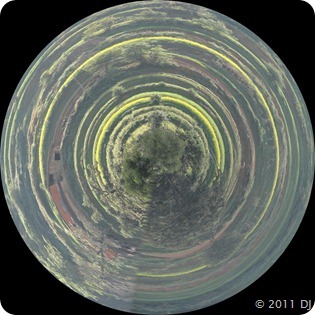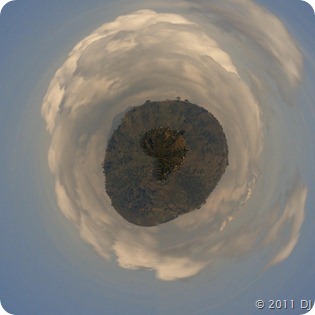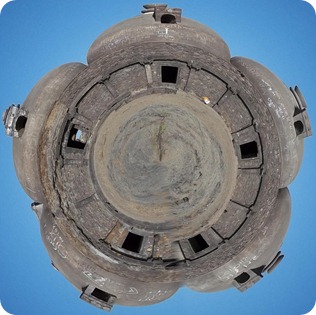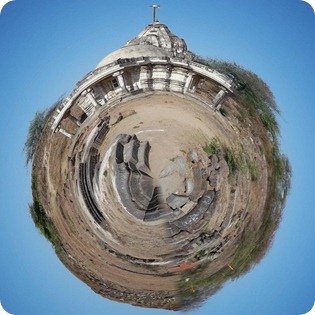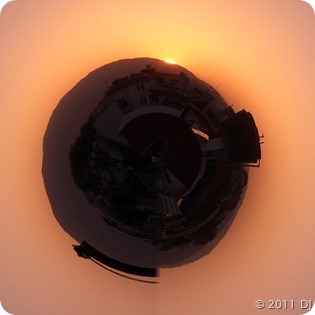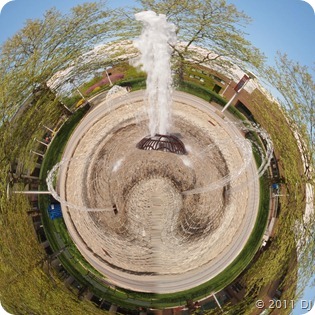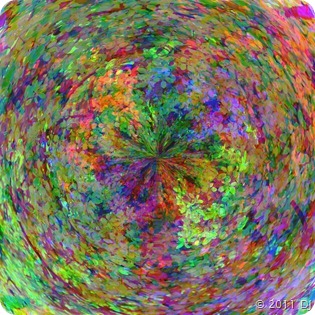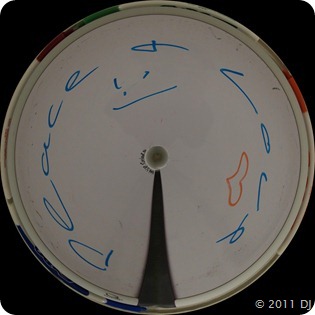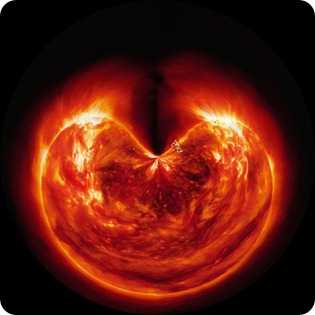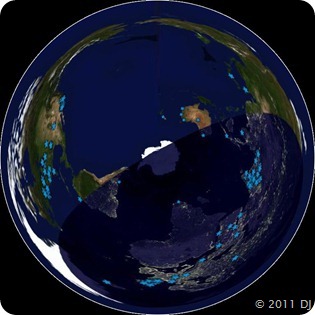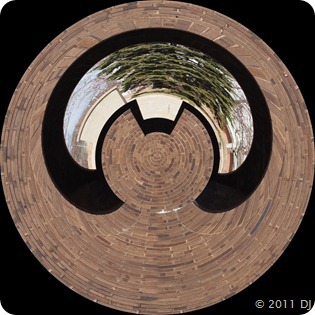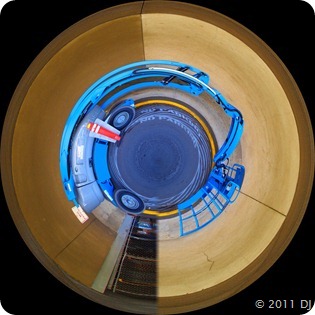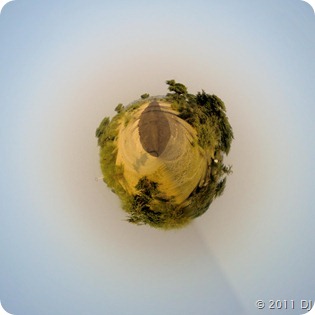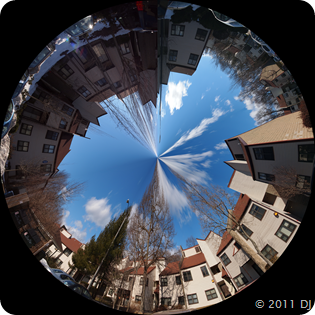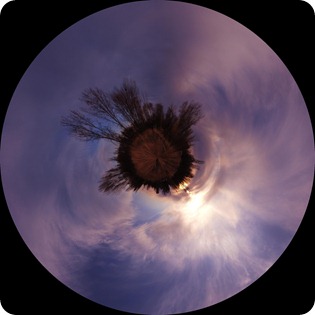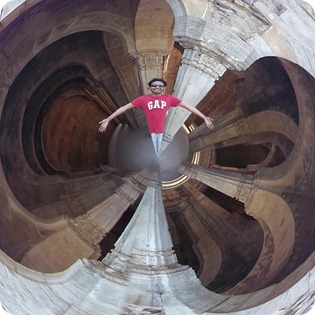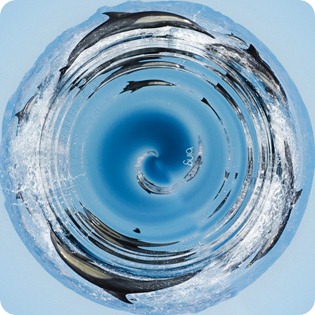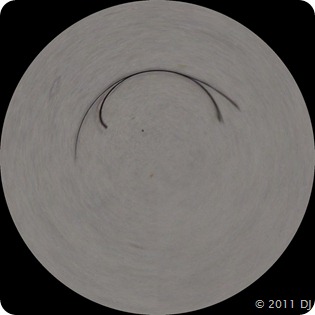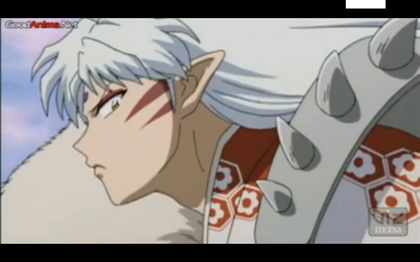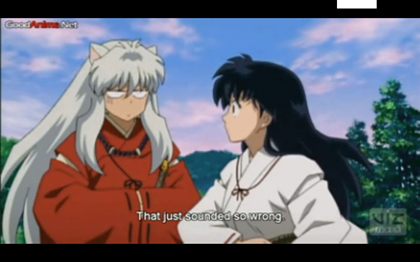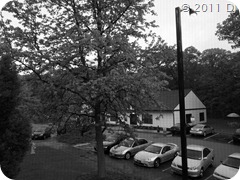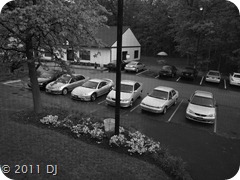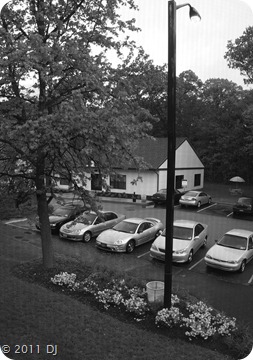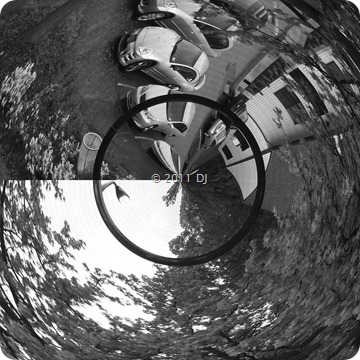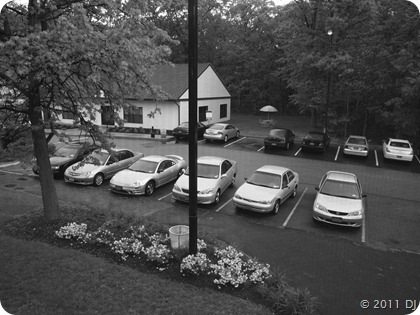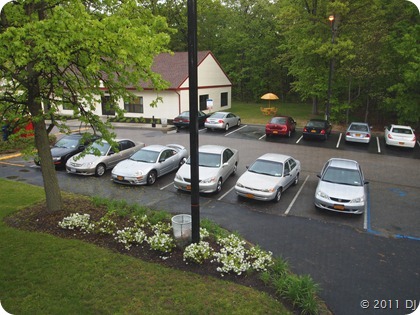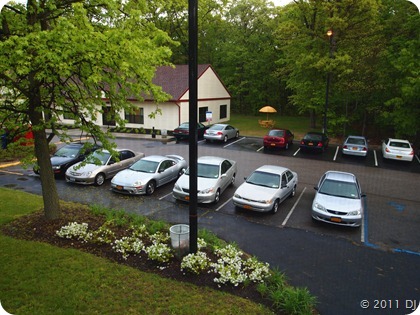First of all, lets play a spotting game like last time and you know what you are looking for this time from the title. So plough ahead (If you need higher resolution images, head over to my Flickr Photostream!):
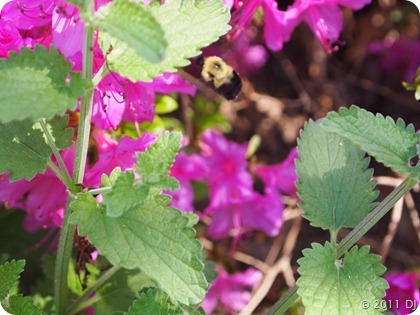
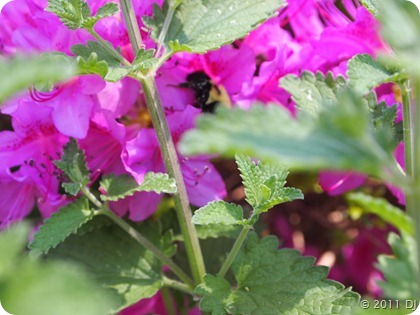
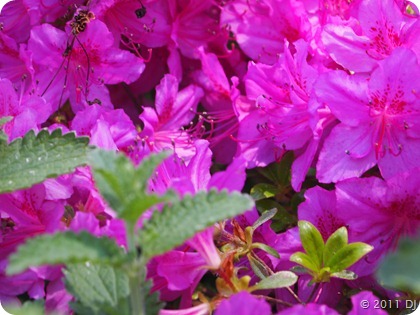

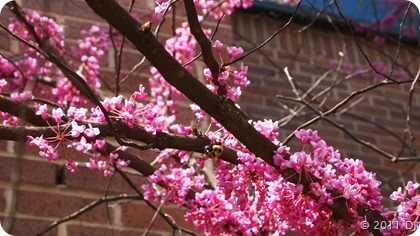
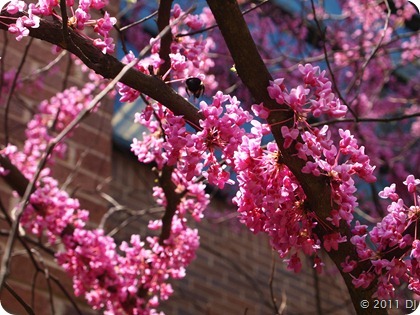
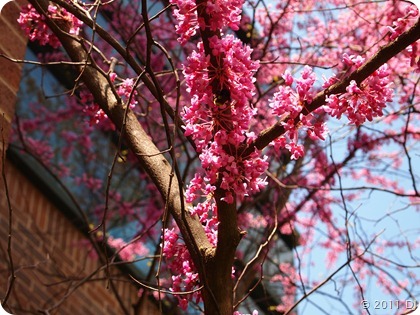
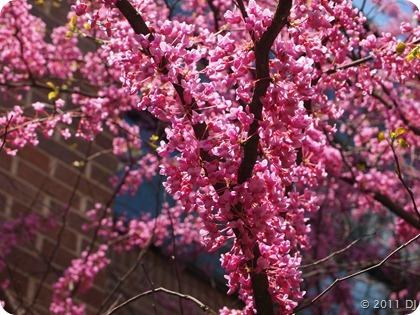
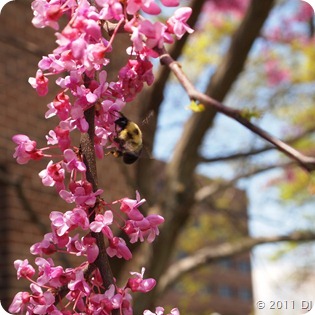
Post your answers in the comments and if there are more than ‘n’ answers, I’ll post the correct answers in a later post!
Finally, let me show some more tricks – a continuation of last post – concerning physical properties of the lens and different camera settings.
Firstly, as ‘shown’ in the last post, aperture size controls depth of field:
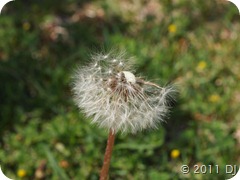
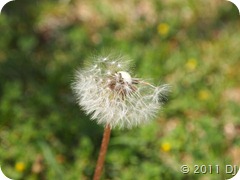
Secondly, focal length controls the extent of view:


Thirdly, different exposures for the same scene can be taken by choosing Exposure Bracketing and continuous shooting mode:



so that they can be combined to give a HDR (High Dynamic Range) image using one of the many available softwares (I believe some DSLRs can do HDR processing even in situ!):

Fourthly, Image Stabilization is very important and every little bit of stabilization helps. In the following image, I held the tulip’s stem in my hand but the wind was still able to sway the tulip. However, the shot proves that in-camera IS does work:
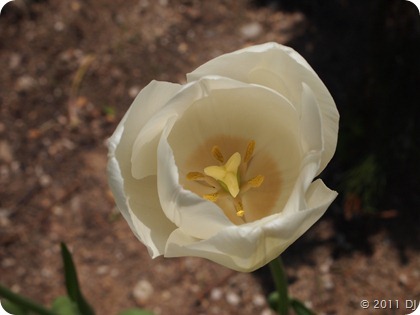
Lastly, shooting the same shot with different camera settings tells you what works and what does not:



From the above images, it seems like the iAuto mode gives the best image but from another angle (literally) such that the sunlight falling on the umbrella is directly reflected towards the camera, the Beach & Snow setting works best (deleted the others so can not ‘provide’ the comparison!):

BTW, what does dumbledore mean exactly?
Here’s the Answer!
